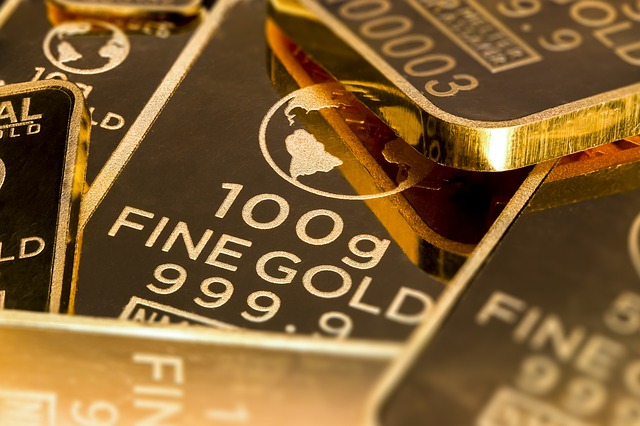Negative real interest rates, risk-off markets in light of COVID-19 and a better understanding of its price mechanics are some of the reasons investors are piling into gold ETFs. Not the mention this week’s record gold price.
Highlighting this, ETF Securities has seen record inflows into its Physical Gold ETF (GOLD) with its assets under management doubling to $1.6bn since July 2019 while in Europe, Invesco and BlackRock recently saw their gold ETCs crash through the $10bn barrier.
Kris Walesby, CEO of ETF Securities, said the substantial flow increases came after interest rates continued to be slashed across developed markets.
The move, led by the Federal Reserve, came as central banks became more concerned about the outlook for the global economy.
Walesby added: “Gold suddenly had much more of an appeal when real interest rates for the developed world became negative. Although gold does not provide a yield, because its yield is not negative, it is relatively more attractive than some other assets.” These include government bonds.
Gold ETFs dominate inflows as coronavirus spooks investors
Furthermore, the ETF Securities CEO says CIOs started allocating to gold after becoming disappointed with the performance of alternative investments such as failed long-short strategies and other highly illiquid investments.
“Investors also started to get nervous the market cycle was getting toppy and there was the potential for equity markets to come off. In which case, gold is a good portfolio hedge.”
“Some of that can be attributed to gold’s price movement,” he continued. “But about 75% of that rise has been as a result of fund flows – everyone from big dealer networks down to mums and dads.”
The gold price has moved from US$1300 to around US$1750 an ounce over that time.
Overall, Jordan Eliseo, senior investment manager at The Perth Mint, added fund flows into gold ETFs rose by almost 300 tonnes or 10% of total holdings in the first quarter of this year.
“Our gold ETP saw total holdings rise by just over 30% in first quarter. Gold’s historic ability to provide solid capital growth over the long run is drawing in investors who prefer not to see their wealth reverse if they leave it in the bank.”
Eliseo noted in more normal times, gold ETFs give investors solid long-term returns and diversification benefits as gold is uncorrelated to traditional assets.
“Investors can typically achieve smoother overall portfolio returns by allocating a portion of their portfolio to gold.”
Research from The Perth Mint, which looked at investment returns from 1971 to 2019, found gold delivered annual average gains of more than 20% in years where real interest rates were 2% or lower.
“That is exactly the environment investors face today, with bond yields telling us real interest rates may be near or below zero for at least another decade. For as long as that remains the case, gold demand will be well supported,” Eliseo said.
Gold ETFs are also low cost. The average management fee for gold ETFs is 0.38%. This compares to a 0.49% average management fee for ETFs as a whole and an average management fee of more than 0.65% for alternative asset ETFs that deliver exposure to currencies and infrastructure.
Assessing the long-term impact of coronavirus
It is also worth understanding the difference between ETF Securities’ gold ETF and Perth Mint’s gold ETF.
ETF Securities’ product is fully allocated physical gold and the bars, which belong only to the unit holders, are stored in JP Morgan’s vault in London.
Perth Mint’s product is unallocated gold. So investors have the rights to a pool of gold stored in Australia that equals all the unallocated ownership at any one point in time, backed by the Western Australian government. Investors can convert their holdings into gold bars and coins produced by The Perth Mint.
It is not all glittery
While gold is great during bear and dislocated markets, it can dampen returns when markets are rising.
Investors also should understand the counterparty risk involved when purchasing some gold products.
“With some ETFs you do not have physical possession of your asset, and as a result, you need to factor in the counterparty risk of the responsible entity,” Pete Pennicott, a director of financial advice firm Pekada, explained.
Nevertheless, gold is likely to remain popular with investors until the pandemic starts to abate and will continue to form part of a balanced investor’s strategic allocation to defensive assets through time.
Sign up to ETF Stream’s weekly email here



